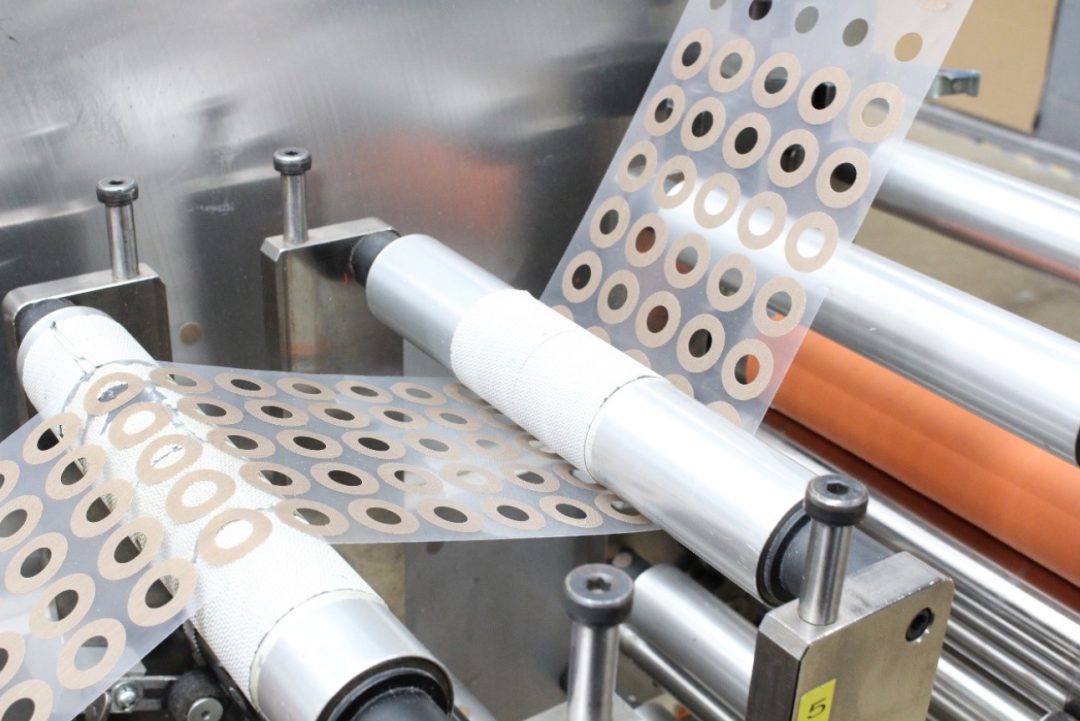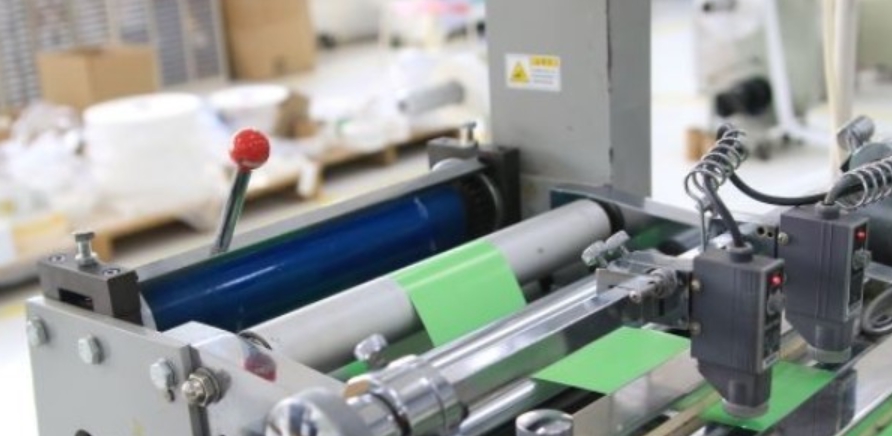
In the actual production process, there are many troubles caused by die-cutting tool wear, and even some problems make it difficult to know the reason. For example, some die-cutting knives can be used normally before leaving the machine, but after being put on the machine after being stored for a period of time, they suddenly cannot be used or the die-cutting effect is far worse than before. In some cases, it will even affect the delivery time of the order, causing a lot of trouble for the operator. In view of some problems caused by die-cutting tool wear in actual production, we have summarized some methods based on years of experience in serving customers and now share them with you for reference.
Selection of printing materials and die cutters
From the point of view of printing materials, printing materials of different materials and different liner cutting requirements will have different requirements for die-cutting knives. Specifically:
(1) The printing material is coated paper with backing paper and non-laminated material, and there is no requirement for the cutting marks of the backing paper. For example, it is only required that the backing paper is not cut through (commonly used in manual labeling). Then, for this kind of die-cutting knife, the edge angle of the die-cutting knife can be selected to be larger, generally, 75° to 90°, because the die-cutting knife edge with a large angle is more wear-resistant. If the order quantity is large, the supplier is generally required to coat the die-cutting knife with a hardness of 73° to 75°. Under normal circumstances, the thermal paper labels for supermarkets and logistics are mostly die-cut with coated die-cutting knives during die-cutting. The advantage of adding coating treatment to the die-cutting knife is that it can make the life of the die-cutting knife longer, but the disadvantage is that the price is more expensive. Value for money will be higher.
(2) If the printing material is coated paper with backing paper and non-laminated material, and the cutting marks of the backing paper are strictly required, such as moderate cutting marks. Then, the edge angle of the die-cutting knife can be selected as 75°. If the order quantity is large, you can choose to increase the hardness coating on the die-cutting knife. If the order quantity is small, there is no need to add additional hardness coating on the die-cutting knife.
(3) If the printing material is coated paper with backing paper and non-laminated material, and the backing paper requires slight cuts or even no marks (common in automatic labeling and high-speed labeling). Then, the edge angle of the die-cutting knife can be selected to be 75°, and the edge of the die-cutting knife is flat-ground for 2 times.
(1) If the printing material is coated paper, there is no requirement for cutting marks. Then, it is appropriate to choose 60°~75° for the edge angle of the die-cutting knife. It should be noted that when the edge angle of the die-cutting knife is selected to be 75°, the edge cannot cut the hard and thick film material, and the situation of "cutting through the bottom paper and not breaking the surface material" may occur. , in severe cases, there will even be a glue overflow problem.
(2) If the printing material is coated paper, the requirements for cutting marks are strict. Then, the edge angle of the die-cutting knife can be selected to be 60°, and the edge of the die-cutting knife is flat-ground for two times, and the die-cutting knife is not treated with a hardness coating.

(1) If the printing material is a film or synthetic paper printing material with a liner, and there is no requirement for the liner cut, as long as the liner is not cut through (commonly used in manual labeling). Then, the edge angle of the die-cutting knife can be selected as 60°, and the die-cutting knife increases the hardness coating treatment.
(2) If the printing material is a film or synthetic paper printing material with a liner, and the liner cutting is strictly required (commonly used in water labels, food labels, medical labels, bi-permeable materials, ultra-high-speed labeling, etc.). Then, the edge angle of the die-cutting knife can be selected as 60°. If die-cutting special film materials (such as BOPP film materials), the die-cutting knife edge angle needs to be selected from 50° to 55°, and the edge needs to be flat-grinded 2 times. In general, the smaller the cutting edge angle, the shorter the life of the die cutter, the smoother the label edge, and the lower the probability of glue overflow.
 4. Linerless printing materials
4. Linerless printing materials(1) If the printing material is coated paper and linerless printing material, the edge angle of the die-cutting knife can be selected as 75°. If the order is large, the die-cutting knife can be treated with a hard coating.
(2) If the printing material is a film or synthetic paper (including coated paper lamination) linerless printing material, the edge angle of the die-cutting knife can be selected as 60°, and the die-cutting knife can be treated with a hardness coating.